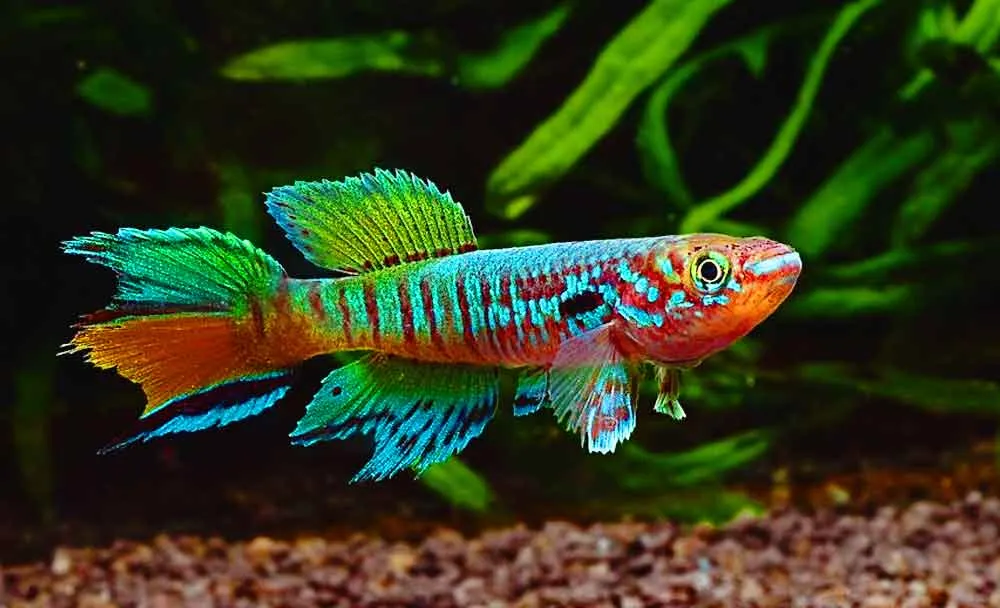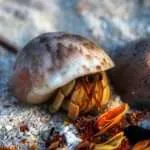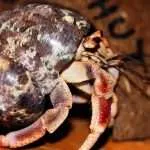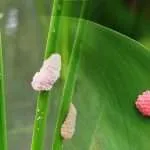The Blue Gularis Killifish (Fundulopanchax sjoestedti) is a stunning Killifish native to the tropical streams and swamps of Nigeria, and Cameroon, in West Africa.
These species are also called African killifish.
This species can make a beautiful addition to your fish tank. I will discuss everything you need to know about keeping the Blue Gularis in your aquarium, so read on.
Differentiating Between Male and Female Blue Gularis Killifish.
The Male Blue Gularis has a unique color pattern. It has a blue color pattern on the back and orange on the side.
You can recognize them with their spectacularly colored three-pronged tail, with the center tail being a light to dark orange with black outlines.
The female Blue Gularis look similar, but their colors are not as spectacular and vivid as the males.
The color of the females is gray and brown, with reddish spots on the fins.
The Blue Gularis Killifish can live up to five years. Although living in captivity can shorten the lifespan.
Aquarium Setup for Blue Gularis
Blue Gularis thrive best in a biotope setting, away from other species.
A densely populated aquarium is the best environment for the Blue Gularis. This feels similar to their natural habitat. However, they can thrive in many conditions.
Add smooth gravel or substrate to make them feel at home. Ensure the aquarium cover is tight-fitting because the Blue Gularis are jumpers.
Floating plants are also good at reducing the risk of jumping out and reducing overhead lighting.
Water Parameters
If you are wondering what the minimum tank size is for the Blue Gularis; the minimum tank size for a Blue Gularis is 20-Gallons.
Make sure the pH level of the water is between 6.0 and 8.0, and the temperature is between 73 and 79 F.
Set water hardness to between 4 and 18 mg/L. Always keep the water clean and remember to filter and change the water regularly.
You can add a layer of Indian Almond leaves and Peat Moss to make the water softer.
Choosing the Right Tank Mates
The Blue Gularis is a semi-aggressive carnivore fish, so it isn’t a good idea to house them with smaller species.
Species with peaceful to semi-aggressive temperaments closer to the Blue Gularis are the ideal tank mates. Those that the Blue Gularis cannot consider as food.
Species like Glass Blood fins Tetra, Discuss Tetra, Cichlids, and Angelfish are the recommended tank mates.
What Diet Should You Feed Blue Gularis
The Blue Gularis, in their natural habitat, hunt and consume worms, mosquito larvae, and smaller fishes.
Blue Gularis will chase and feed on smaller fishes in the aquarium. You can also feed them frozen blackworms, bloodworms, chopped earthworms, brine shrimps, and white worms.
I will advise you to feed them small amounts at a time. These species overfeed until they bloat.
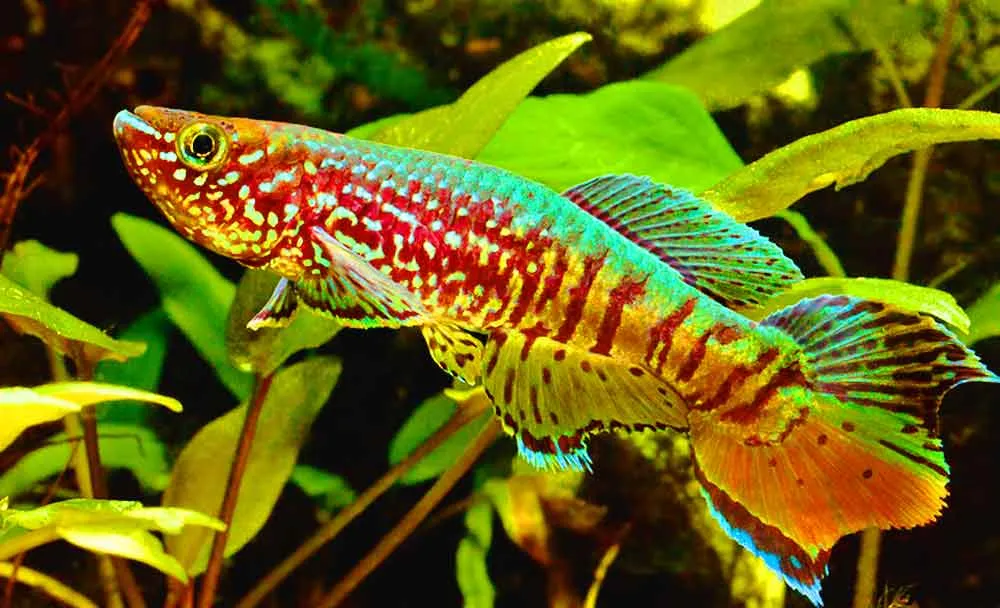
How Many Blue Gularis in A Tank
It is best to keep one male and two females together in the same aquarium at a time.
Although, you can have up to 12 Blue Gularis together at once.
Breeding Blue Gularis Killifish
There are various techniques to choose from when you want to breed the Blue Gularis.
The best technique is to use the Peat Moss.
To begin, put the males and the females in different conditioning tanks.
Choose the best male and the fattest females from the groups.
Place the chosen mates in a separate tank and leave them to spawn for one week.
Allow the females to rest and prevent them from becoming feeble.
Don’t leave them in the spawning tank for more than one week.
Once laid, immediately separate the eggs and fish fry from their parents.
It is necessary to separate the fry from the parents because Blue Gularis parents eat their eggs.
Once removed, you should incubate the eggs in peat moss.
It is better to use Peat Moss over water because it makes the eggs less susceptible to fungi.
Even with this technique, you still need to inspect the eggs every day and remove the ones with fungi. The eggs will hatch after 21 days.
CONCLUSION
With their beautiful colors and up to 5-years of life span, the Blue Gularis killifish can be a great addition to your tank.
Make sure the tank conditions are suitable and give them a high-quality diet.

